The echoes of the Great War, which raged from 1914 to 1918, continue to resonate throughout Europe more than a century after its conclusion. The lasting impact of this conflict is visible in various forms, such as bunkers, trenches, and preserved relics buried beneath once-explosive battlegrounds.
These images provide a glimpse into these World War I remnants, serving as poignant reminders of the past.
Hidden histories in Spincourt Forest
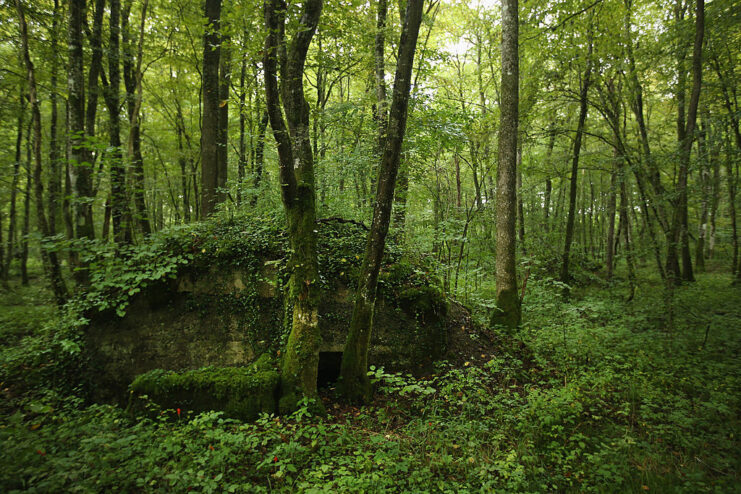
A German bunker, situated deep within Spincourt Forest near Verdun, reveals the strategic importance of the area during World War I. This artifact, now partially overtaken by nature, is a remnant of what was once a German stronghold, containing several key structures such as a hospital, rail connections, and a command center
Sanctuary Wood
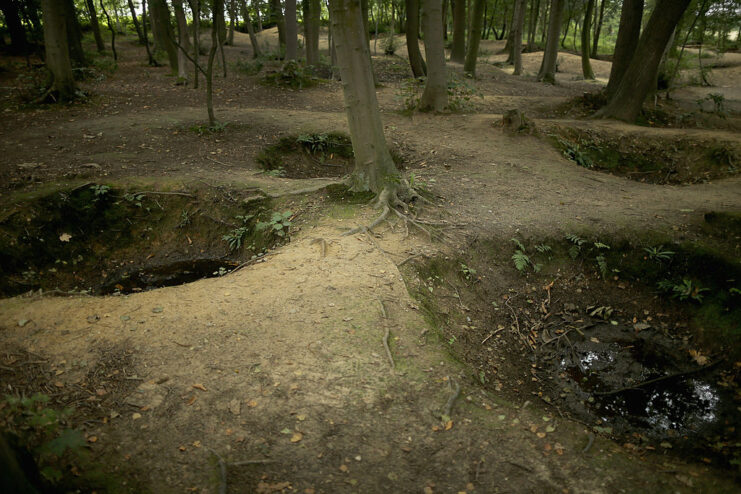
Sanctuary Wood, east of Ypres, Belgium, bore witness to the intense battles of the Ypres Salient during the First World War. Even though over a century has passed since the conflict’s end, the forest floor still bears the scars of bomb craters and trenches.
Main de Massiges
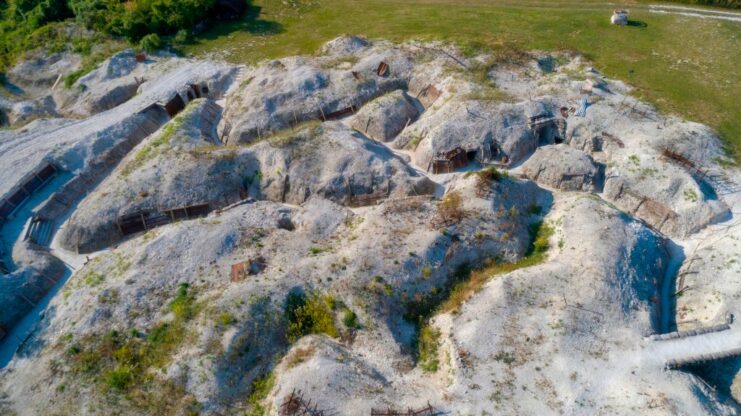
In the northeast section of the Marne, the Main de Massiges serves as a testament to the ingenuity and fortitude of those soldiers who navigated its complex trench networks. Since 2008, volunteers have been dedicated to preserving this historical site, offering visitors a glimpse into the life of those who served during the First World War.
Livens projectors and the dawn of chemical warfare
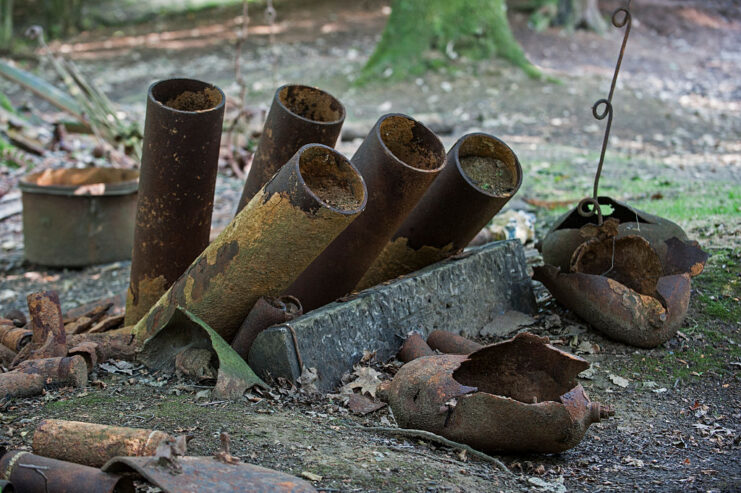
Introduced by the German forces during the Second Battle of Ypres in April 1915, chemical warfare fast became a grim reality of World War I. To fight against the enemy’s gas attacks, the British Army adopted Livens projectors to launch their own assaults, with the weapons remaining in Britain’s arsenal until the early years of the Second World War.
Collect du Linge
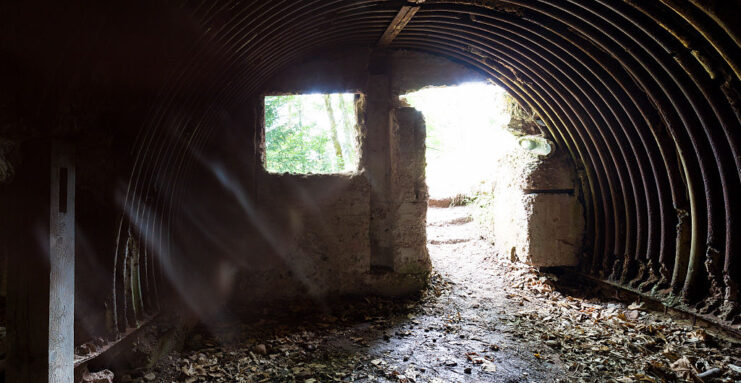
The Battle of Le Linge, located in Haut-Rhin, France, was marked by substantial casualties for the French Army with little territorial advancement. Taking place from July to October 1915, it involved considerable bloodshed.
The image above shows a German command center on the old battlefield.
Verdun’s Bois Azoule Forest
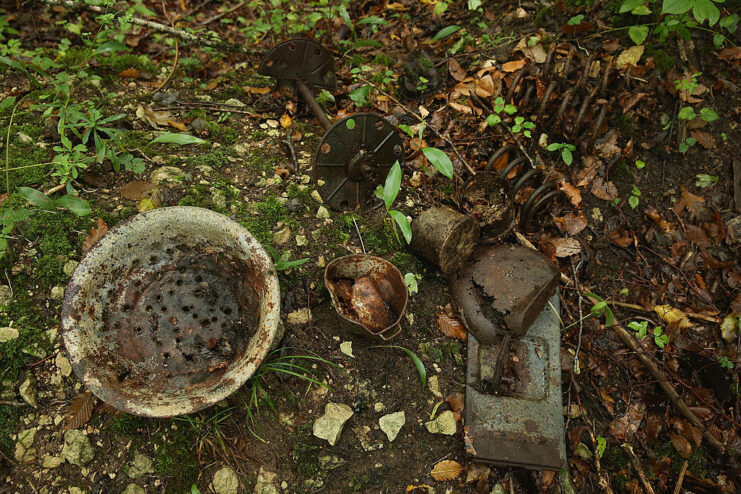
Remnants of Fort Vaux
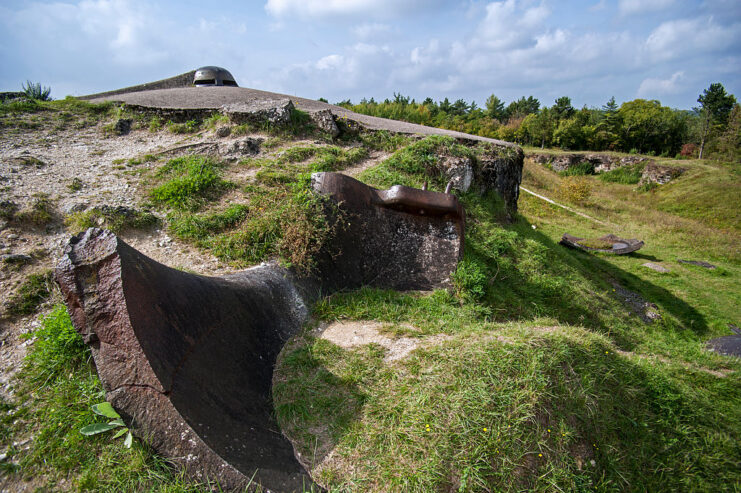
Fort Vaux was constructed to defend the French city of Verdun, but it wound up being the second fort to fall to the Germans upon the outbreak of World War I. This once-formidable defensive structure now lies in ruins, with this particular photo showing what was once a turret being taken over by Mother Nature.
Pillbox at Vimy Ridge
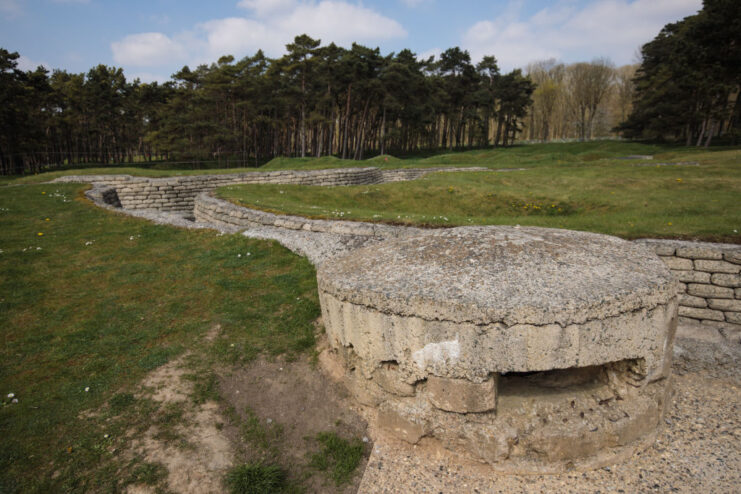
The Canadian National Vimy Memorial is situated on the grounds where one of the most famous battles of the Great War took place. This conflict mainly involved four divisions of the Canadian Corps, operating under the British Army, and three divisions from the German 6th Army. The outcome was a triumph for the Allies, a victory that remains commemorated, especially within Canada.
Protecting the English coast
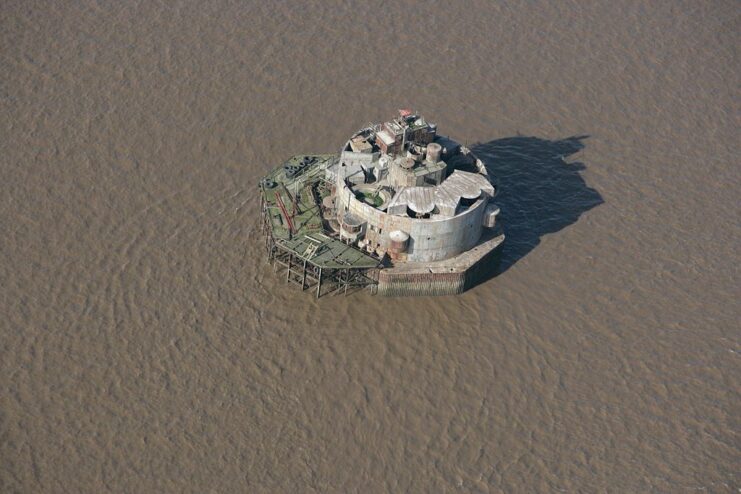
At the onset of World War I, plans were developed to build two sea forts within the confines of the Humber Estuary, to defend the English coast from German attacks. Work began in 1915, with the ultimate aim being to construct structures that could easily hold 200 soldiers at any one time.
Construction continued until 1919, a year after the conflict’s conclusion. That being said, it wasn’t like they were left without much use. Both the Bull Sand and Haile Sand forts were modernized during the Second World War, allowing them to see continued use by the British military until the mid-1950s, when they were abandoned.
Meuse-Argonne Offensive
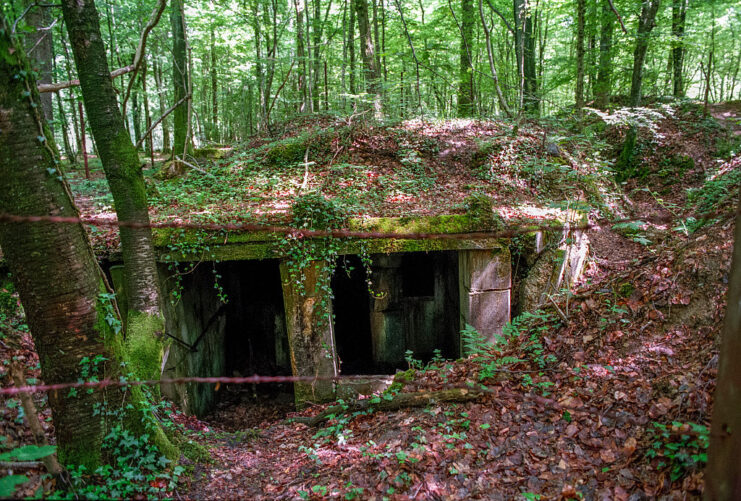
The Meuse-Argonne Offensive began in mid-September 1918 and ran until the Armistice was signed that November. The months-long campaign involved the French, the Siamese Expeditionary Force and the United States, who faced off against the Germans, with major casualties suffered. With over 1.2 million Allied troops and 450,000 German troops taking part, the immense scale of the engagement explains why traces remain to this day.
The above image shows a German fortification in the Forest of Argonne that was manned during the offensive.
Fort Douaumont
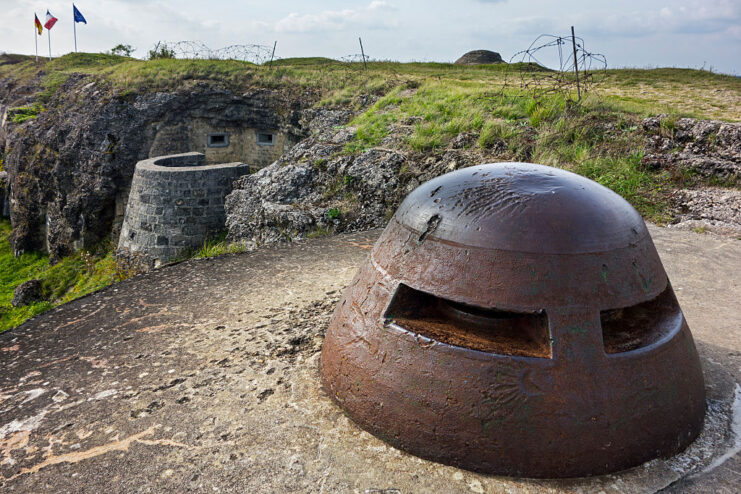
Fort Douaumont was the first French fortification to succumb to the German forces during World War I, being seized just three days into the Battle of Verdun in 1916. It was recaptured later that year. The above photo shows an armored observation turret located within the remnants of the defensive structure.
Prisoner of war (POW) cemetery in Poland
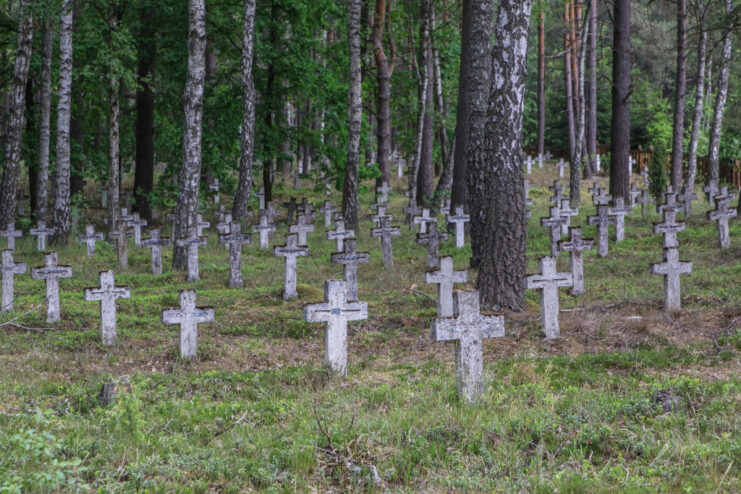
In Czersk, Poland, this cemetery from World War I sits on the grounds of a former prisoner of war (POW) camp operated by the Germans. It’s believed to house the graves of 4,500 Russian soldiers who were detained there during the conflict.
Wire of Death along the Belgian-Dutch Front
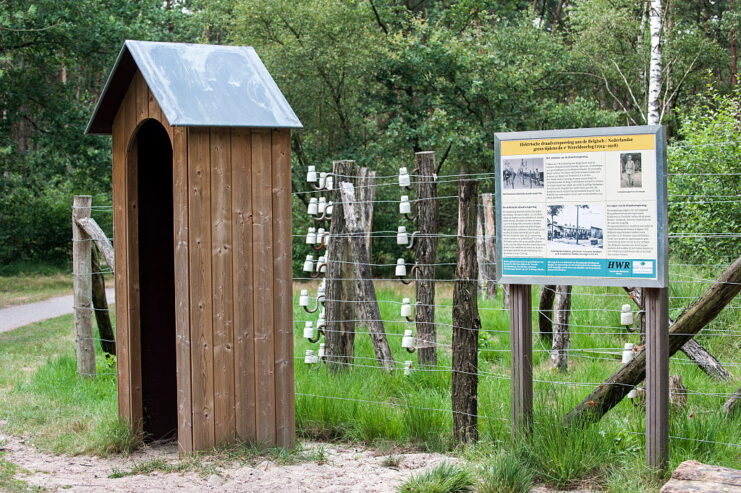
The above photo shows a rebuilt segment of the infamous Wire of Death, an electrified barrier constructed by the Germans along the Dutch-Belgian Front during World War I. It’s estimated between 2,000-3,000 individuals perished due to this obstacle, with its power supply being disconnected after the Armistice was signed in 1918.
Iron Harvest
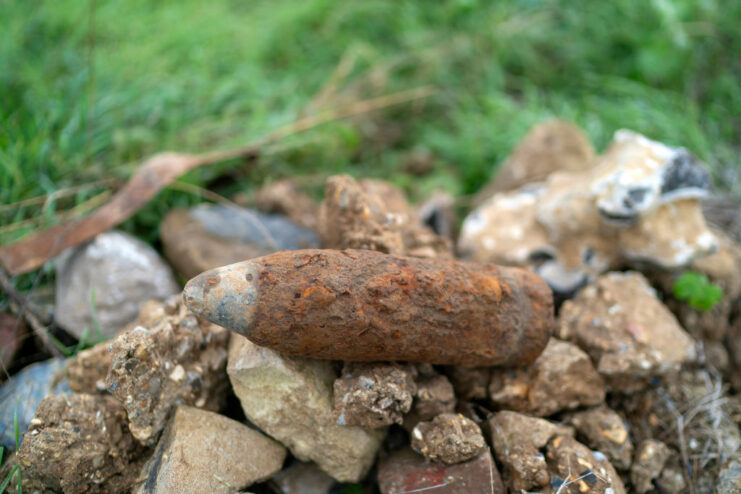
During World War I, an astonishing quantity of artillery shells – we’re talking around 1.5 billion pieces – were fired along the Western Front. As a result, it’s hardly surprising to discover not all of these shells detonated or were retrieved.
In Belgium and France, farmers continue to uncover unexploded ordnance from the Great War during what’s known as the “Iron Harvest.” Taking place during the spring and autumn plowing seasons, the shells and shrapnel are a reminder of the impact of the conflict on the terrain.
Communications trench on the former battlefield of Verdun
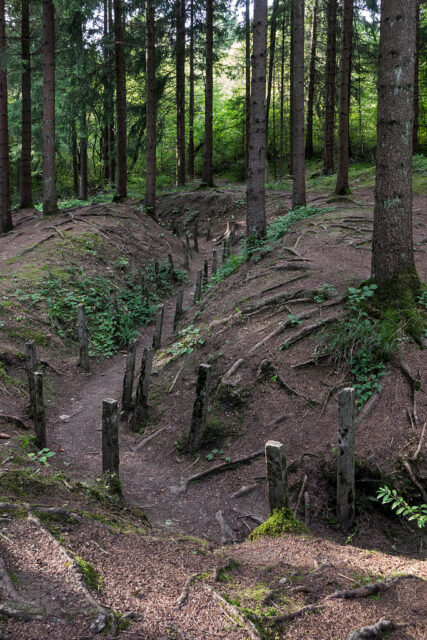
Here lies the remains of a French communications trench within a forest near Douaumont, Lorraine, a significant battleground of the Battle of Verdun. This area is dotted with trenches that were once bustling thoroughfares during the First World War.
More sights at Fort Douaumont
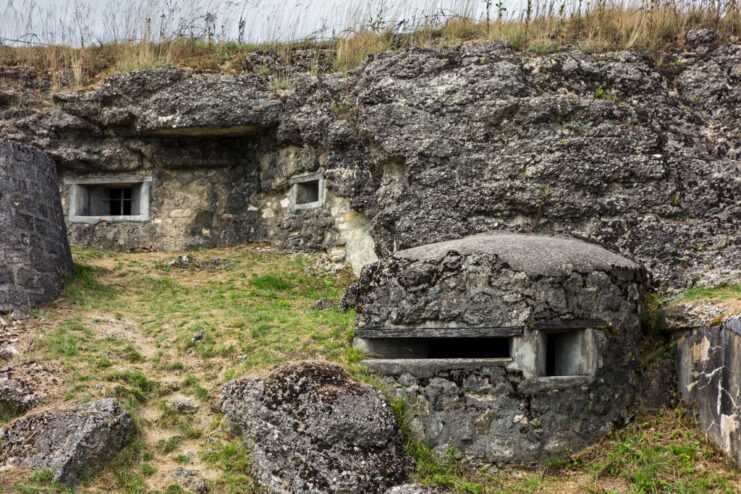
Considering the extensive action that unfolded at Fort Douaumont, it’s understandable that efforts have been made to conserve its remnants. The site welcomes visitors, affording them the opportunity to witness this significant piece of World War I history firsthand, including the loopholes that span the remaining structure.
Unearthing history in West Flanders
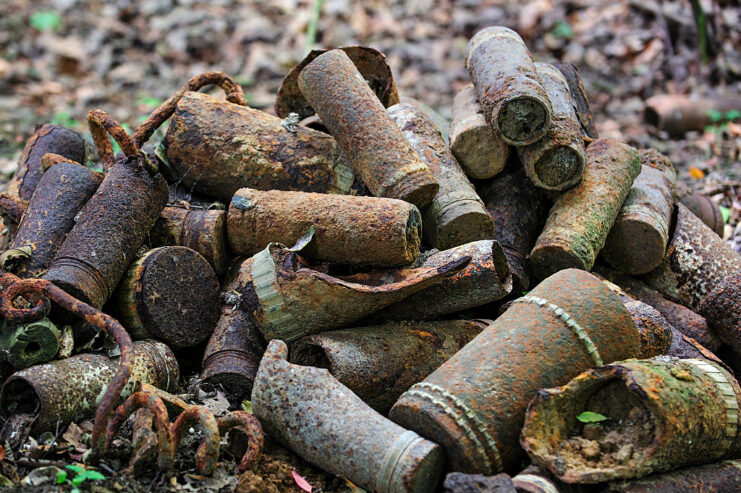
The ongoing discovery of artillery shells in West Flanders, the site of the Battle of Passchendaele, shows the enduring legacy of the Great War. These remnants serve as a link to the past, providing a reminder of the conflict’s scale.
Dodengang
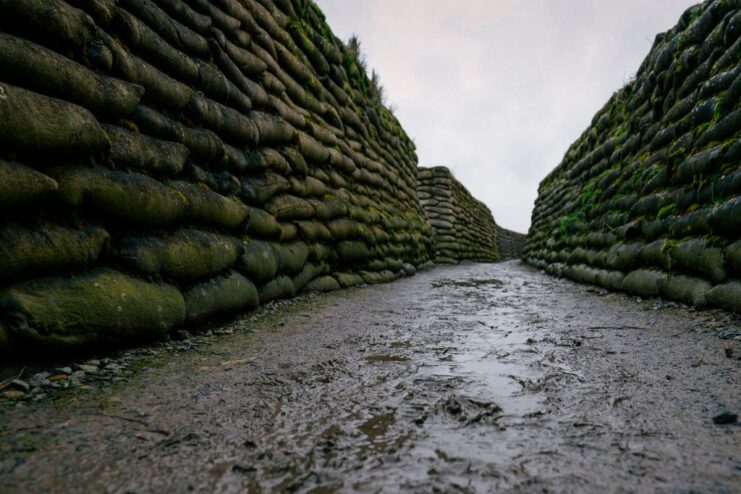
Formally known as the Dodengang, the Trench of Death near Diksmuide, Belgium has a grim and tragic past. Stretching beside the Yser Canal, it emerged just before the Battle of the Yser in October 1914 and witnessed an innumerable amount of casualties. It remained occupied until 1918.
Bomb craters at Vimy Ridge
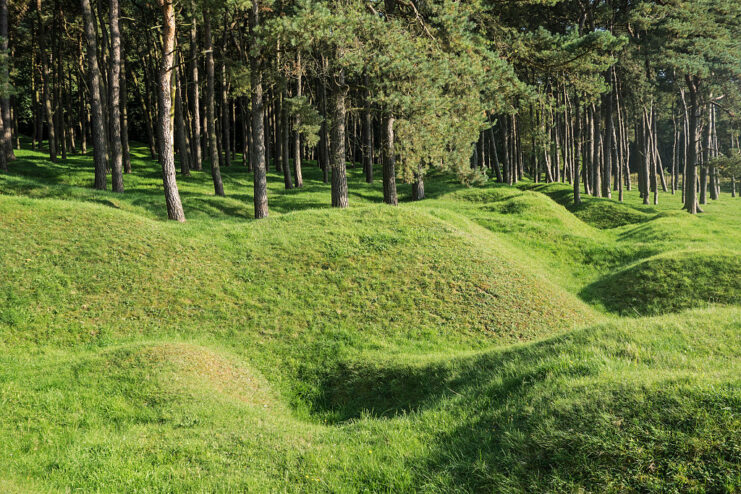
Vimy Ridge lies within the Red Zone – Zone Rouge, in France – a region that’s been deemed too hazardous for human habitation by the French government, due to the amount of unexploded ordnance scattered across the terrain.
The above photo shows the bomb craters created during the Battle of Vimy Ridge, providing insight into the staggering volume of artillery unleashed during the engagement (and World War I, in general).
Additional remnants of the Battle of Verdun
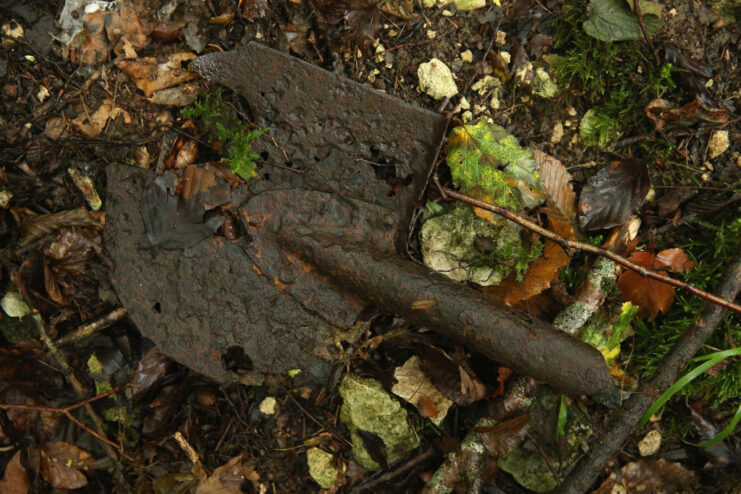
New! Want to become a trivia master? Sign up for our War History Fact of the Day newsletter!
More from us: Mata Hari: The Dutch Exotic Dancer Accused By the French of Being a Double Agent
Remnants of artillery aren’t the sole wartime artifacts strewn across Europe; everyday objects used by servicemen during World War I also dot the landscape. A prime example is this weathered spade, which was discovered in France’s Bois Azoule Forest.
